If you ask me what intrigues me the most about yoga, I would place mudras towards the top of the list. Because, yes, there is still quite a lot that intrigues me, and still so much more to learn, which is why I am eternally drawn to, and passionate about yoga.
Truth be told, mudras are overlooked in most commercial yoga settings, where the main focus is on asanas (postures). However, they undeniably play a key part in helping us realise the ultimate goal of yoga, which is self-realisation. Stay with me, I’ll elaborate in a minute. First, let’s define mudra.
What is a mudra?
Mudra is a Sanskrit word that means gesture, mark or seal. It’s a gesture performed with hands (hasta mudra) or other parts of the body (kaya mudra) during yoga asana, pranayama (breathing technique) or meditation to channel and balance the flow of vital life force energy (prana) in the body.
Mudras are also used to balance the two sides of the body using our two hands; receiving solar energy from the right side and lunar energy from the left.
It is important to note that in addition to yoga, there are mudras used in different cultures for greeting and dancing. There are believed to be around 400 mudras, each of which has a specific effect on the body and mind.
Mudras in Ayurveda
Ayurveda is a holistic approach to health that emerged in India around the same time as yoga did, some 5,000 years ago. According to ayurveda, the body is made up of five elements – fire, air, space, earth and water, the same five known elements of the Universe. A healthy body has a perfect balance of these elements; an imbalance could express itself as illness or disease.
Our five fingers represent these five elements of nature and can be used to control the flow of prana, vital life force energy, to specific parts of the body to restore and maintain health. This is one of the most important uses of mudras in yoga.
The thumb represents the fire element (agni) for heat, light and purification.
The index finger represents the air element (vayu) for movement and lightness.
The middle finger represents the space or ether element (akasha) for expansiveness and subtlety.
The ring finger represents the earth element (prithvi) for solidity and stability.
The small finger represents the water element (jala) for fluidity and flexibility.
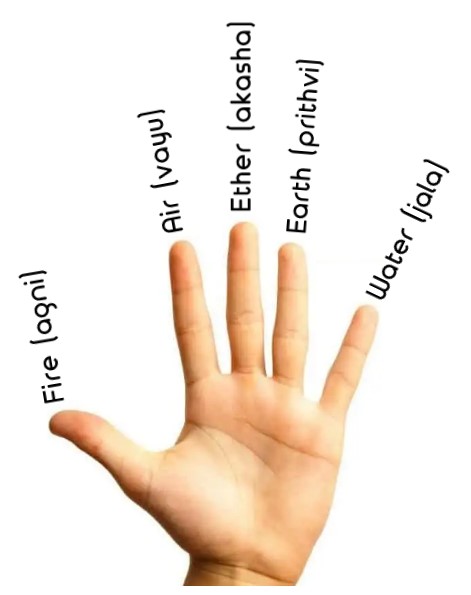
So, here’s a good example. When you place your thumb and index finger such as in gyan mudra, you are essentially harnessing the combined qualities of fire and air (heat, light and purification together with movement and lightness). Move your thumb across the other fingers, and you might pick up on varying subtle sensations that correspond to the qualities of the different natural elements.
You might know that gyan mudra is one of the most common mudras, also referred to as jnana (pronounced ‘nana’) mudra. This mudra, shown in the image below, helps bring a sense of self-awareness by drawing attention to the physical body. It is therefore referred to as a gesture of self-awareness, or gesture of knowledge. In all of my classes, I encourage the gyan mudra for its benefit of mindfulness.
In summary…
All in all, mudras help us balance vital life force energy, prana, thus improving our physical and emotional health. They also help us focus the mind so we can experience deep meditation, on our journey towards self-realisation.
I hope I have ignited or heightened your interest in mudras. You are most welcome to our next Immersion yoga class on Thursday 11th July in Bath, when we will further demystify mudras and practice padma mudra (for the heart chakra), hakini mudra (for the brow chakra) and dhyana mudra (Buddha’s hand gesture at the time of his enlightenment).
This is probably the most fun class in our Immersion theory and practice yoga course! Don’t miss it!
Book your place now.
Learn more about our Immersion yoga classes.
See you soon in class! Feel free to ask a question or comment below.
Sossi x
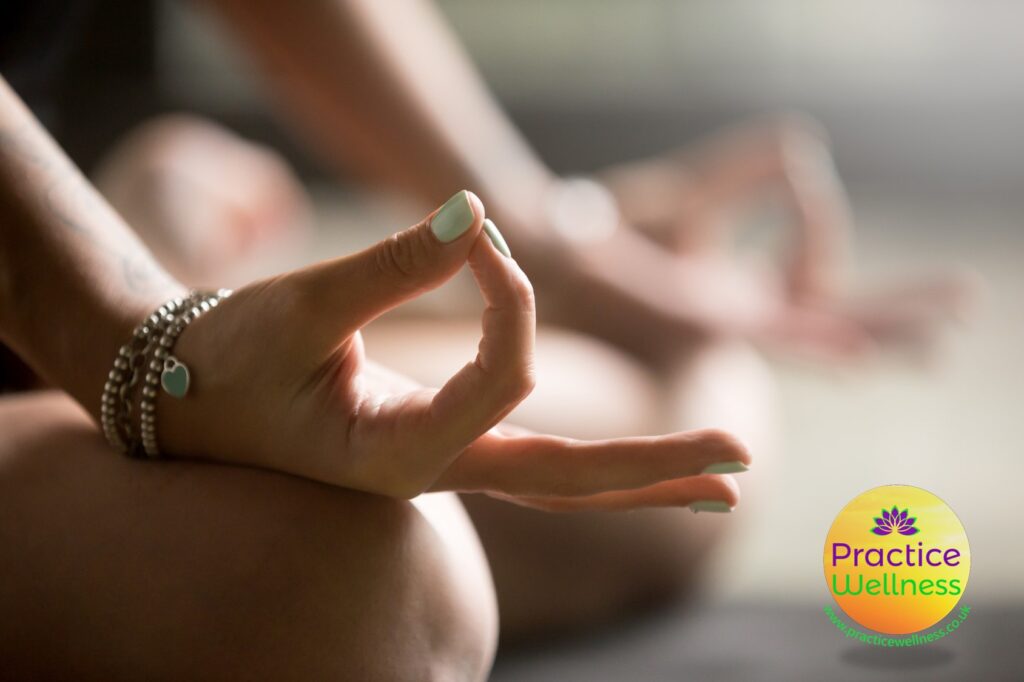
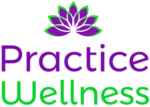
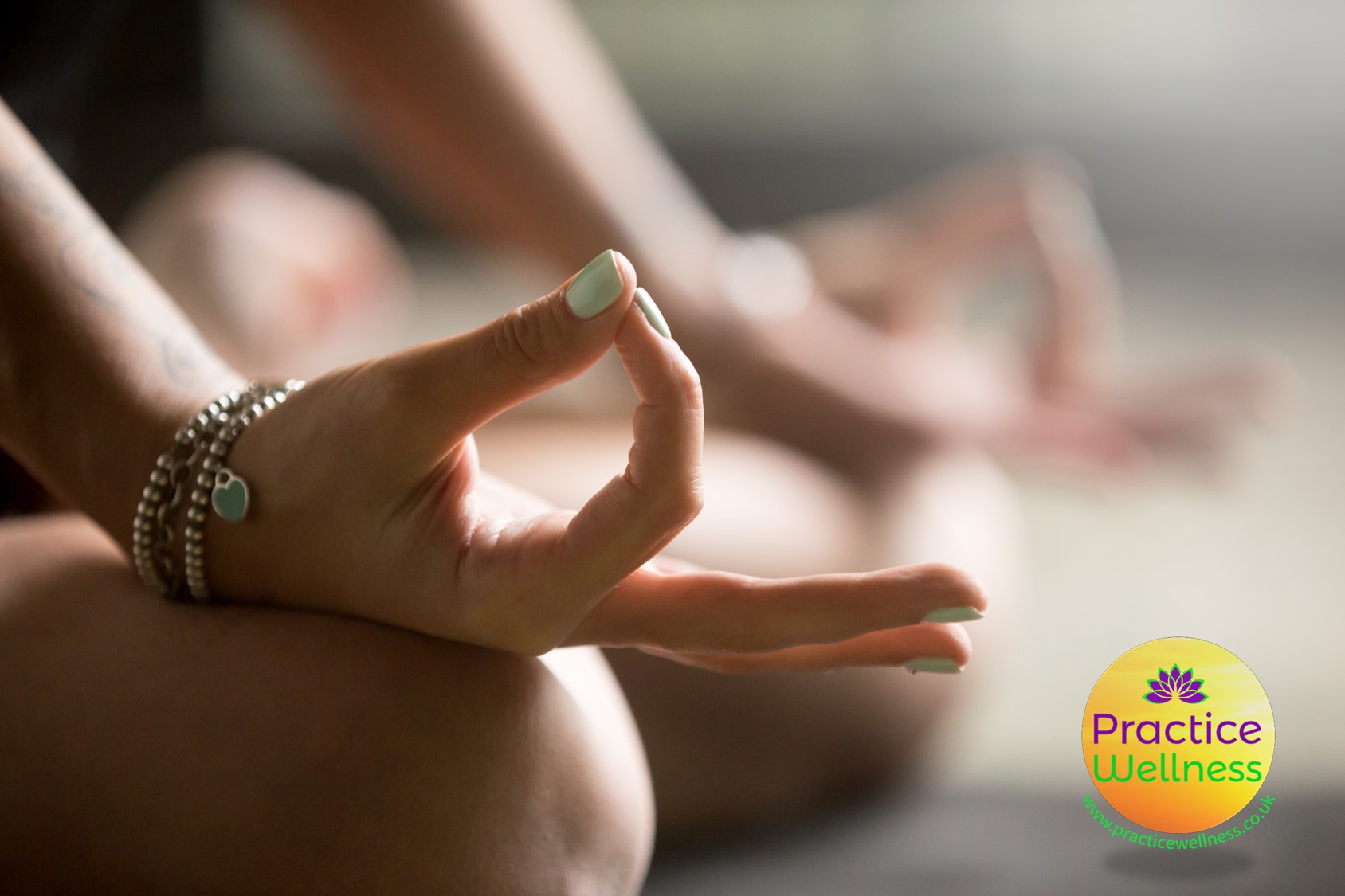
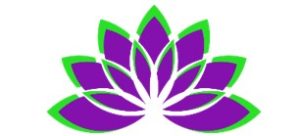
Thanks for your latest blog, Sossi. Very interesting! Sorry I’m not able to come to your Immersion Course classes – such a pity!
You’re welcome Judy! That’s no problem, I will continue to run classes and you can join whenever you can. 🙂